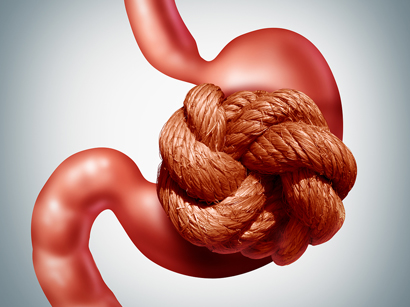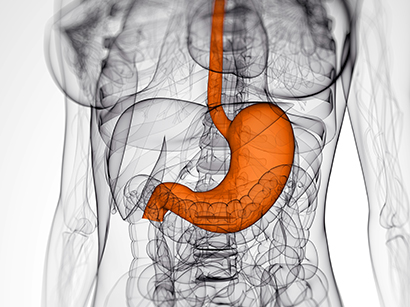Find information on diseases & conditions, and treatment & procedures
Bariatric Surgeries
Gastric sleeve (Endoscopic sleeve gastroplasty)
Overview
This endoscopic surgery reduces the actual size of the stomach up to 85% and
shapes the stomach into a narrowed tube looking like a sleeve. Reduced stomach
is no longer able to contain much food and releases much hormones stimulating
appetite compared to the previous one. As the amount of food intake is decreased,
patients lose their weight significantly.


Ideal candidates for Gastric sleeve are
- Having heart problems, sleeping apnea and type 2 diabetes due to obesity
- Between 30 and 40 of body mass index (BMI)
- Ready to commit to healthy lifestyle and make regular visit for follow-up
- The first time receiving stomach surgery
- Free of gastric bleeding or hiatal hernia
Process of procedure
- Begin the procedure with general anesthesia
- Insert the endoscope with a flexible tube equipped with camera on its tip, down the
throat into the stomach
- Remove part of stomach and suture the area
Expected duration of hospital stay
- Generally the procedure takes about 2 hours.
- A day of hospitalization is expected when there is no significant complication.
- The period of hospitalization varies depending on patients


Post-operative care
- Bed rest with legs elevated
- Medical team will closely monitor patient to detect any signs of complication
- Pain and nausea will be effectively managed with medication
Risks
- Bleeding
- Severe nausea
- Blood clots resulting in stroke or heart attack
- Dumping syndrome
- Infection
- Weight loss is not as effective as gastric bypass
- Stomach may get widen later on and result in weight gain again
Treatment cost
- The cost can vary by hospitals
- Expected cost ranges from to.






 Inquiry
Inquiry Find Doctor
Find Doctor
